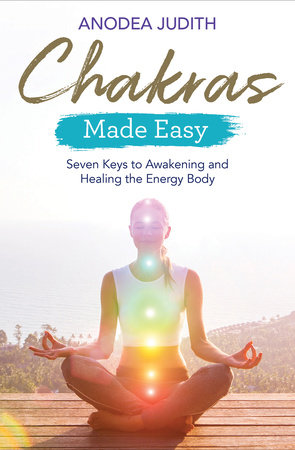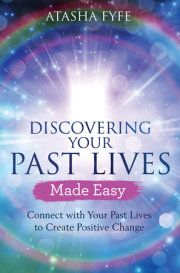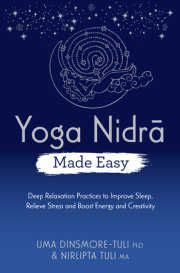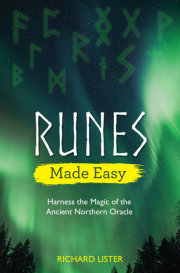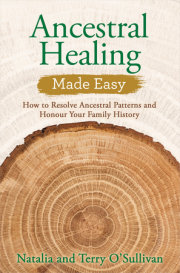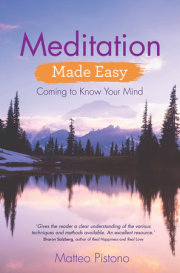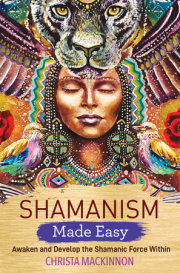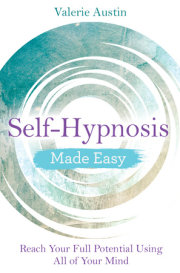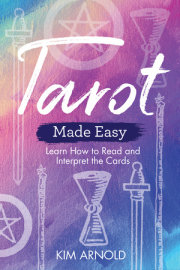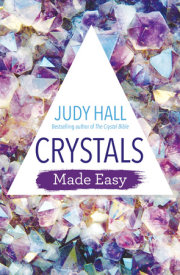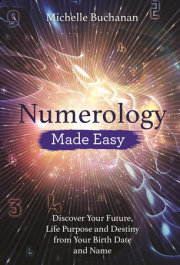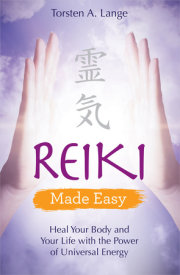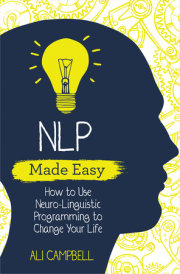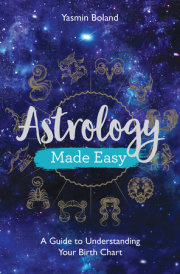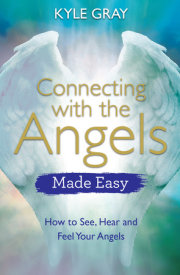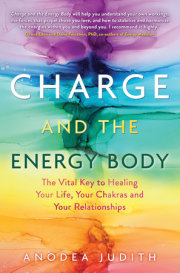How many chakras are there?
This is a question I get asked almost every time I give a lecture or workshop, so it’s worth taking a moment to talk about it here. The answer varies, depending on whether you’re talking about the seven main chakras, the classic ones, or are including the minor chakras in the hands and feet, or the sub-chakras in the heart, the crown, and the third eye. Some of the ancient texts describe a sub-chakra beneath the heart and mini-chakras in the sixth and seventh chakra, such as the soma chakra or the guru chakra. Some teachers postulate several chakras above and below the body, or minor chakras all over the body.
While I accept that these extra chakras may exist, I find that the seven major chakras form an elegantly profound system without complicating things by adding chakras that are outside the body. I have never met anyone who has mastered all seven of their basic chakras, so this is a good place to start. Working with these chakras will be likely to keep you busy for the rest of your life.
Basically, a chakra is an energy centre, so any place where energy collects could be called a chakra – the stomach, the knees, the elbows, even the fingertips. Here we will be dealing primarily with the seven main chakras and there will be some mention of the chakras of the hands and feet and the Anandakanda Lotus sub-chakra beneath the heart.
Seven identities
We all have an identity. It may be our name, our profession, or our role in life. But did you also know that each chakra gives you an essential part of your identity?
Based on their location in the body, the chakras have come to represent different windows through which we perceive reality. These states of consciousness are all part of our basic identity, and each chakra carries a particular piece of that identity. Each of these identities has a focus for the Self – it is oriented to a basic need or function. We can become overly focused on these identities, or we may give them too little attention and be lacking in these areas.
First chakra: Physical identity, oriented to self-preservation. Here our consciousness focuses on survival issues, such as concerns with safety and security, struggles with money or health, or living in a state of fight or flight. Appropriate identification with our physical body helps keep us alive by attending to our body’s needs.
Second chakra: Emotional identity, oriented to self-gratification. This level focuses on how we feel – our desires, urges, and sensations. It’s how we sort out what we want and need. This identity asks the questions: “Am I feeling OK, and if not, how can I feel better?”
Third chakra: Ego identity, oriented to self-definition. This is the state of consciousness that focuses on what we are trying to be in the world, how we define ourselves (both to ourselves and others) and what we are trying to accomplish through our actions. Think of it as the executive identity that decides what the “game plan” will be.
Fourth chakra: Social identity, oriented to self-acceptance. The social identity just wants to be loved and accepted by others. It represents our relational consciousness, which includes awareness of others and the web of relationships around us. It may create an outer persona at the cost of the true self in order to be accepted. Here we might create a persona that is friendly, helpful, or powerful in order to get people to like us.
Fifth chakra: Creative identity, oriented to self-expression. This level of consciousness is oriented to the realm of communication, including both listening and speaking, as well as creative self-expression. Here we might have an identity as an artist, a musician, a teacher, or a healer.
Sixth chakra: Archetypal identity, oriented to self-reflection. As we grow in awareness, we become aware of the “bigger picture” – larger archetypal patterns that reveal who we are in the greater scheme of things, perhaps our destiny or purpose. It is here we develop our intuition and create a vision for our life.
Seventh chakra: Universal identity, oriented to self-knowledge. As we come into the realm of consciousness itself, we recognize we are part of a universal oneness, and experience unity within and without. This awareness is the true source of self-knowledge.
Currents of energy
The chakras are not only energy centres in and of themselves, but are fed by vital currents of subtle energy. These channels are like the highways that bring energy from the divine source into our body. Think of a road map that describes how goods get delivered from the manufacturer to the stores. In yoga philosophy, these highways are called nadis, meaning “currents of motion.” There are thousands of nadis, ranging from major currents to minor currents, much like our highways range from six-lane freeways to curvy two-lane roads, little back roads, and driveways. Some nadis carry more energy than others.
The three major nadis that energize the chakras are called the Sushumna, the Ida, and the Pingala. The Sushumna nadi is the vertical channel that runs straight up and down our core. In the esoteric texts, it has several layers, with only the centremost layer moving all the way to the crown chakra. Energy can both rise and fall in this central channel, but generally it is seen as rising from the lower chakras to the higher chakras.
The two nadis forming a figure eight-like pattern around the chakras are called Ida, meaning “moon,” and Pingala, meaning “sun.” These carry the feminine and masculine energies (respectively) that intertwine like spirals of DNA around the Sushumna. If we posit that they are moving in opposite directions, one flowing up and the other down, then you can see how they stimulate the spinning of the chakras, which move like gears, alternating between clockwise and counterclockwise rotation. As we noted earlier, the chakras act as major gears that take us on the journey through life (see Figures 2 and 3 opposite).
Many practitioners and chakra healers believe that the chakras spin only one way, usually clockwise from the perspective of the healer, but I do not believe this makes sense in light of the Tantric nature of the chakra model, which is based on polarities. It is possible to hold a pendulum over the part of the body where a particular chakra is located and notice whether the energy moves the pendulum. Reports vary as to which direction it moves in; however, I do not agree that a chakra is “moving backwards” if the pendulum spins counterclockwise – which is actually clockwise from the perspective of the person’s chakra!
How to work with your chakras
One of the beauties of the chakra system is that it is so multidimensional. There are many different ways to access your chakras and to do the work necessary to bring them into balance. It all begins with awareness. What areas of your body are tight or problematic? What parts of your life just don’t seem to work very well, such as relationships, health, or making a living? What do you tend to focus on when you’re doing something automatic like driving or washing dishes? Do you focus on how you are feeling? That means your second chakra is grabbing your attention. Do you focus on internal conversations with others? That implies your fifth chakra of communication. Do you focus on where your next meal is coming from? That relates to your first chakra of survival. Do you focus on your relationships? This indicates the heart chakra.
Below is a list of various ways you can work with your chakras. Each of the following chapters will include specific exercises that can become part of your chakra toolkit for awakening, healing, and balancing your chakras.
The body. Physical exercise stimulates the body. Working out gets your energy moving, and when your energy is moving, you can access any of the chakras better. Yoga is designed to stimulate the chakras, and different poses tend to drive energy to different parts of the body, for example hip openers are good for the second chakra, while chest openers are good for the heart chakra. In addition, receiving physical work such as massage or a chiropractic adjustment, or changing your diet will influence your chakras.
Visualization. You can visualize colour in your various chakras, imagine light moving up and down your core, or channels of energy moving inwards or outwards, or visualize a chakra opening or closing down. The ancient practices involved mostly the visualization of deities and symbols for the chakras.
Chanting. Each chakra is associated with a seed sound, called a bija mantra, which is said to stimulate that chakra when chanted aloud or intoned silently. (This will be discussed more fully in the chapter on the fifth chakra.)
Breathing practices, also called pranayama. You can focus your breath upon any of the chakras, imagining that the chakra itself is breathing in and out.
Relationship. When you interact with another person, you interact through all of your chakras. There’s nothing like a relationship for bringing up unresolved issues, which may relate to any of the chakras. So a relationship is a wonderful crucible for exploring your chakras.
Outer life. Your inner work is nothing if it doesn’t show up in your outer life. Similarly, there are things you can do outwardly to help develop a chakra, such as organizing your cupboards and material goods (chakra one), writing a poem or learning to sing (chakra five), or taking on a task to develop your will (third chakra), such as a diet or exercise routine.
Energetic healing. Many practitioners are skilled at removing stagnant energy in the chakras through their hands. Often the hands do not even need to touch the body to create some sense of relief, such as a lightness of being. As energy centres, chakras can be influenced by skilled energy work.
Meditation. Last, but certainly not least, sitting quietly in meditation allows all your chakras to empty out their old patterns and be renewed with fresh energy. Meditation on a particular chakra can increase awareness at that level. Meditation on a concept connected to a particular chakra, such as relationships or creativity, can increase awareness of these aspects of your life. Meditation in general is a tonic for the whole body–mind system.
Copyright © 2018 by Anodea Judith. All rights reserved. No part of this excerpt may be reproduced or reprinted without permission in writing from the publisher.





